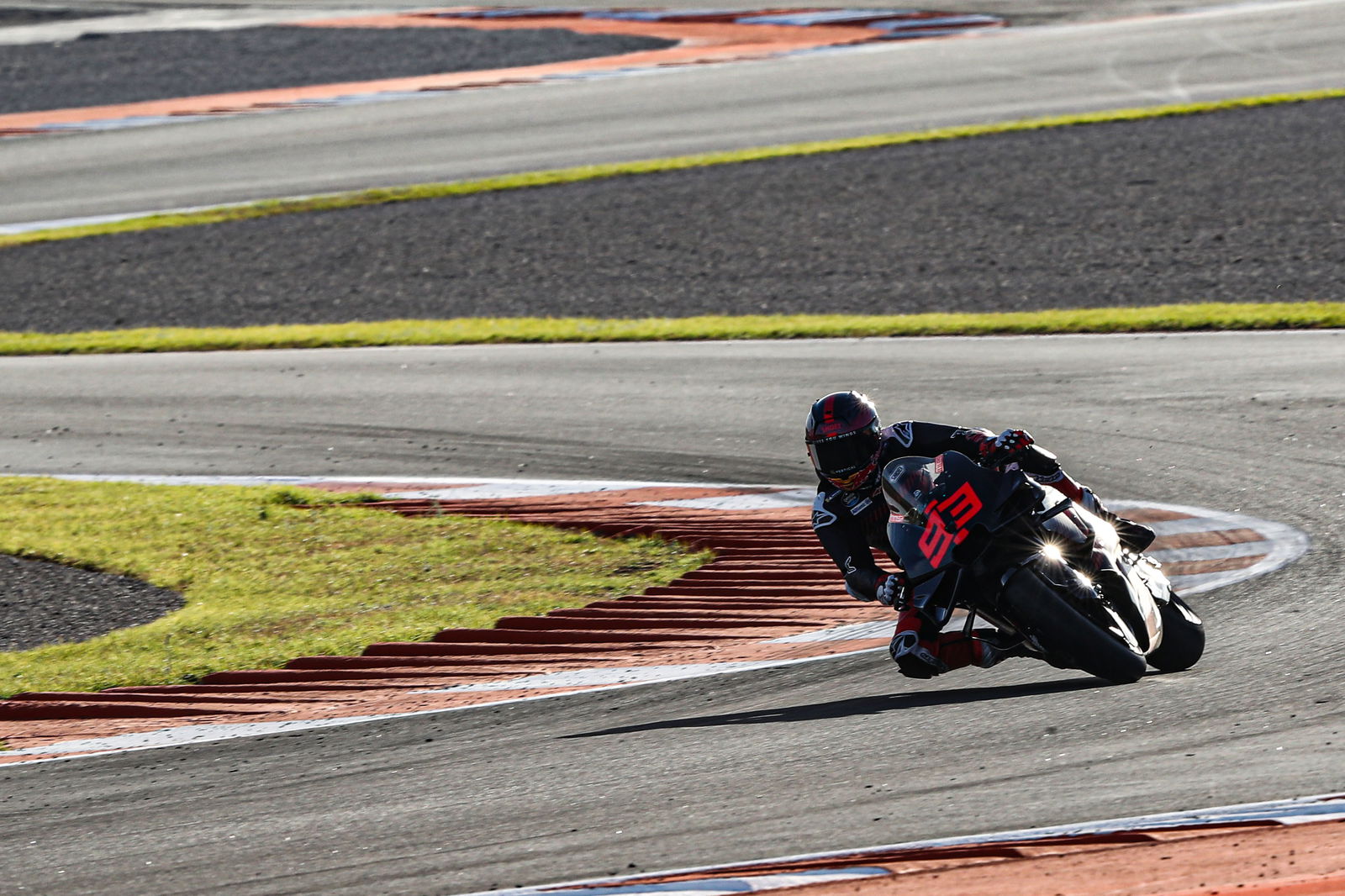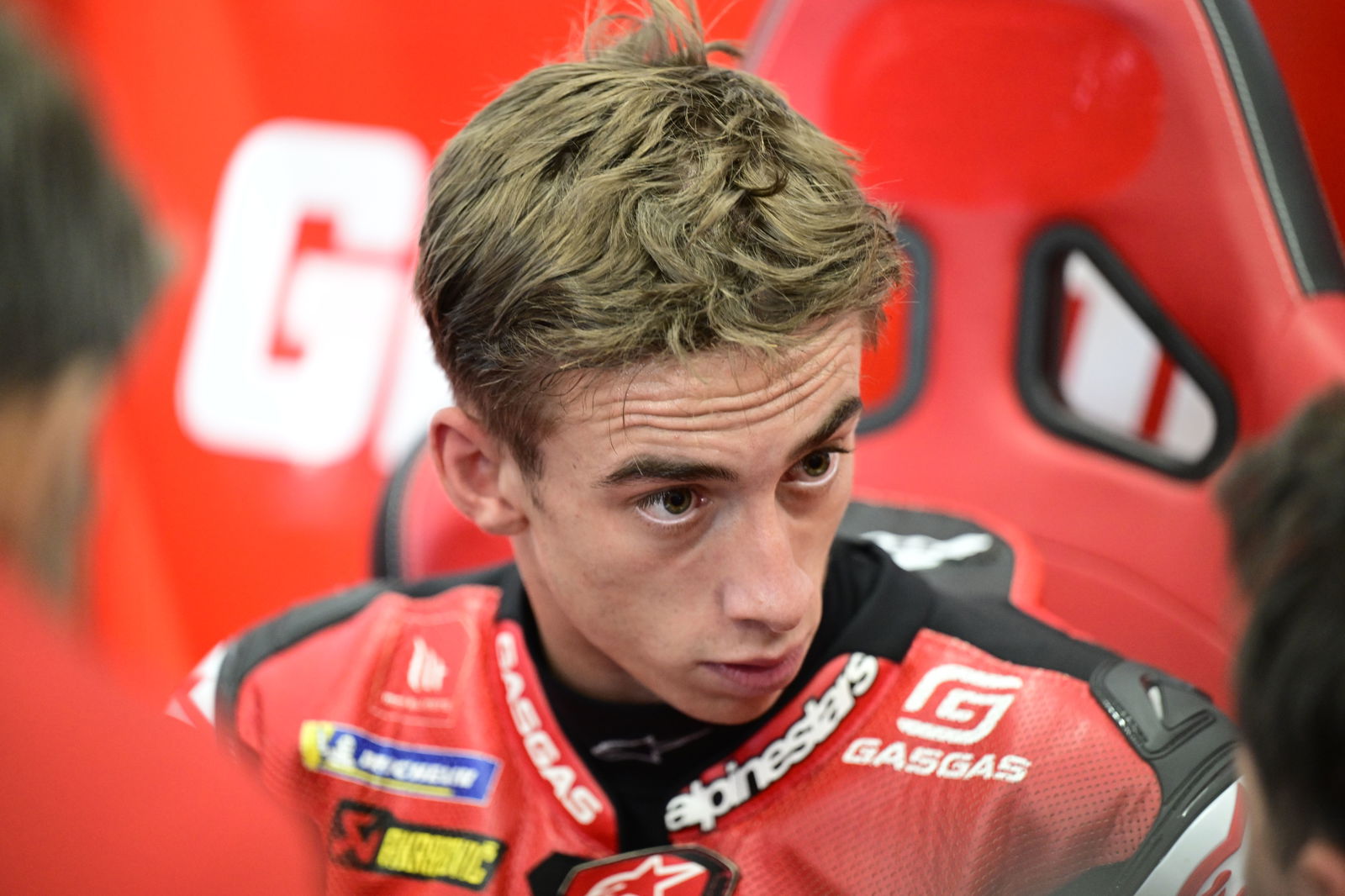MotoGP comes to aid of Honda, Yamaha with 2024 concessions update
MotoGP has updated its concessions system for 2024, with the Japanese manufacturers receiving more assistance than the Europeans

The MotoGP concessions system has been updated ahead of the 2024 season, with the aim of closing the field up and creating more performance parity between the five manufacturers.
The plight of the Japanese manufacturers has become an increasing concern for MotoGP in recent years, and most of all in 2023, when Honda and Yamaha were the only Japanese manufacturers remaining after Suzuki’s exit at the end of 2022, and during which those two were able to accrue one race win between them from the 39 starts (the Phillip Island Sprint was cancelled due to bad weather), that coming from Alex Rins and LCR Honda at the Grand Prix of the Americas back in April.
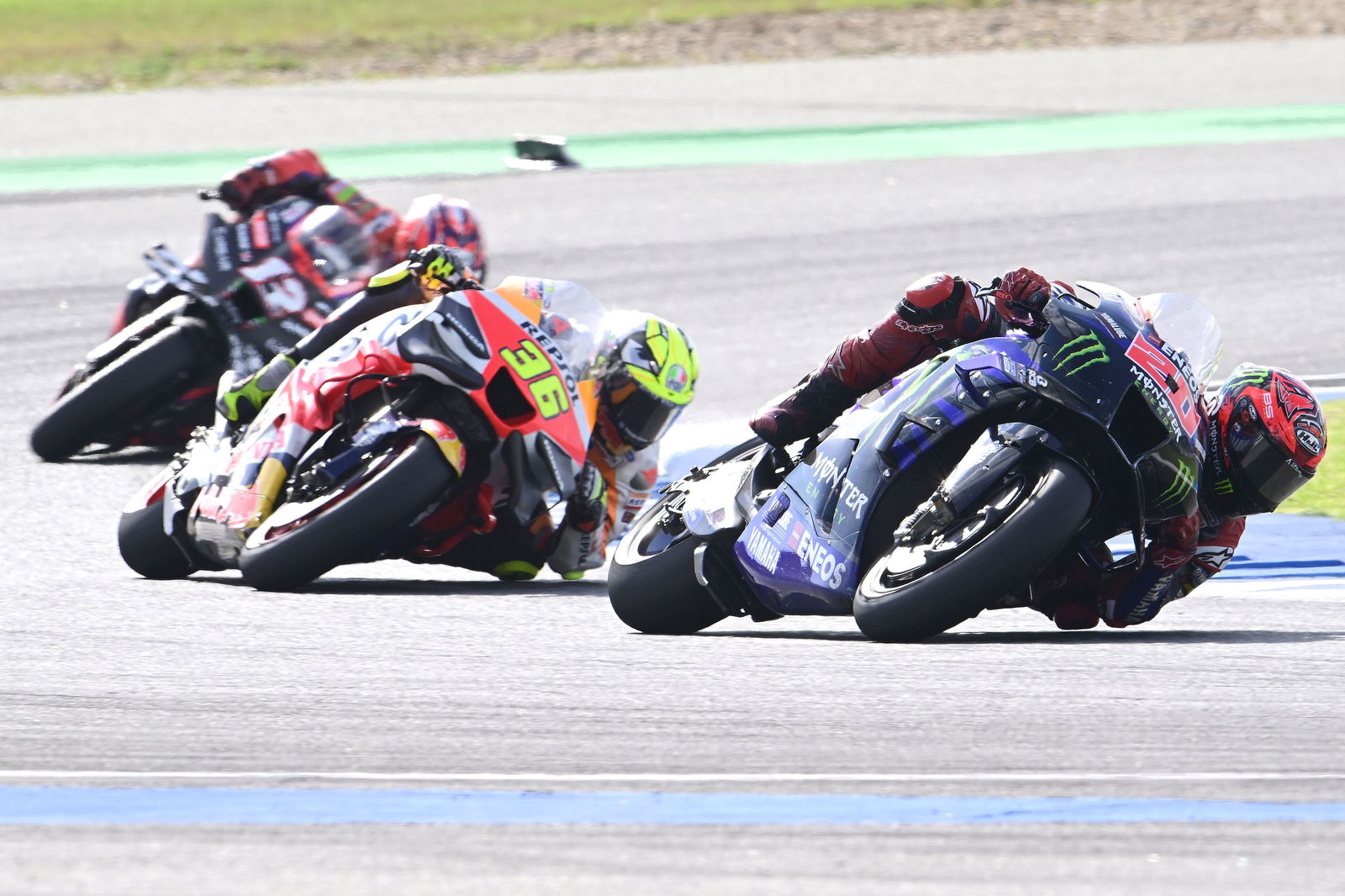
The 2023 season was so tough at times for the Japanese brands that rumours of them quitting the championship began to swirl in the middle of the year. Those rumours have since died down, but in any case, it’s clear that the Japanese squads need help to return to competitiveness in a timely fashion.
To do this, MotoGP has overhauled its concessions system.
In the past, concessions were based on private testing time, engine allocations for the season, and in-season development for engines and aerodynamics. Instead, the new system will also include other elements and a four-tiered system.
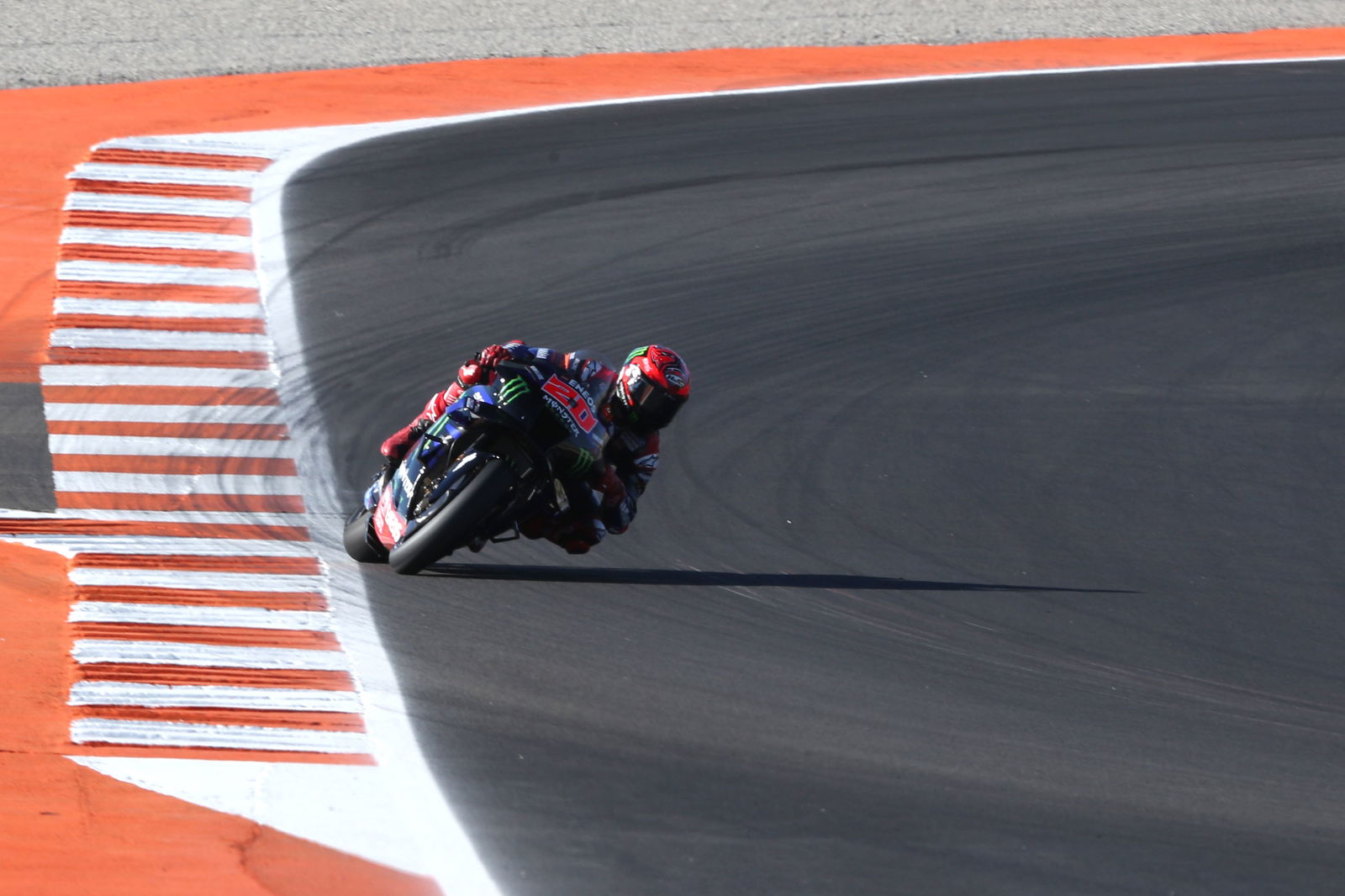
The parameters which are taken into account by the new concessions system include the number of tyres that can be used in testing, the number of engines that can be used during a season, the number of engines that can be used during a season, the introduction of in-season developments on engine specifications, and the introduction of in-season developments on aerodynamic specifications.
The new system will be based on manufacturer points scored in a season to determine which manufacturers fit into which tiers of the concessions system. The below table details the conditions of each tier.
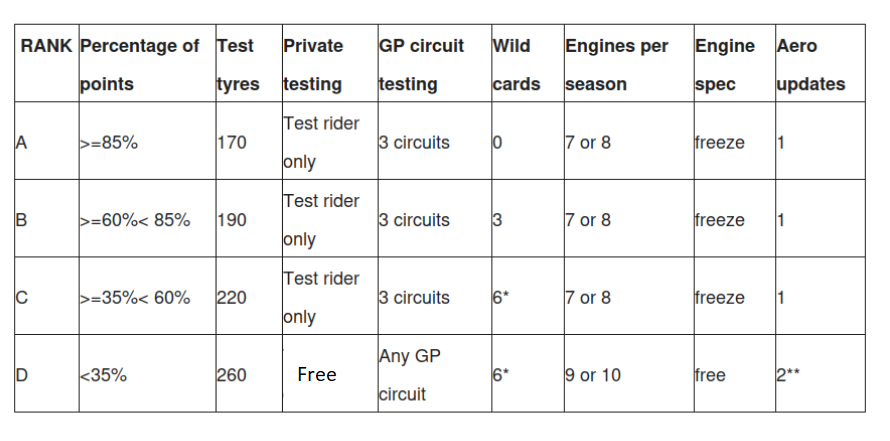
Table courtesy of MotoGP.
*Wildcards not subject to engine specification freeze. A maximum of three wildcards before the summer test ban and a maximum of three wildcards after the summer test ban are permitted.
**Must discard previous aero specification.
The first tier of the new system is for manufacturers which have scored more than 85 per cent of the available points in a season. Having scored a maximum 37 points on 14 separate Grand Prix weekends in 2023, and totalling a colossal 700 points in the Constructors’ World Championship, it’s no surprise to see Ducati fitting into this tier.
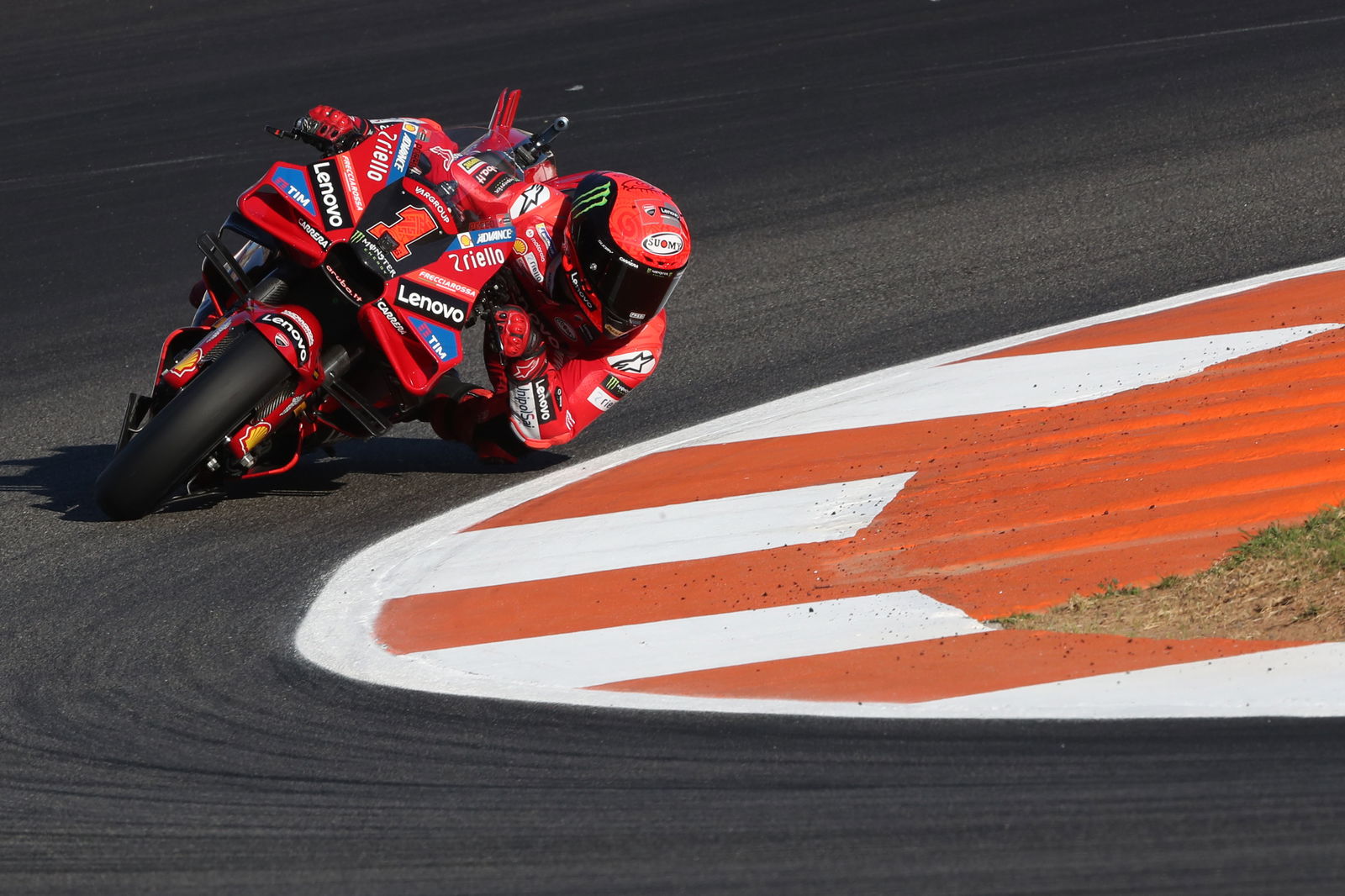
With that in mind, there’s a limit of 170 tyre sets for testing in 2024, and the manufacturer’s private testing can only be conducted by its test rider (Michele Pirro). Also, its testing is confined to three circuits on the MotoGP calendar, it will get zero wildcard entries, and all Ducati riders will get either seven or eight engines each for the season (depending on the length of the season; the current 22-race calendar means they will get eight engines). Its engine specification will be frozen from round one in Qatar, and it will be limited to one aerodynamic update for the season.
The second tier is relatively meaningless for 2024, as no manufacturer fits into it. However, both KTM and Aprilia fit into the third tier.
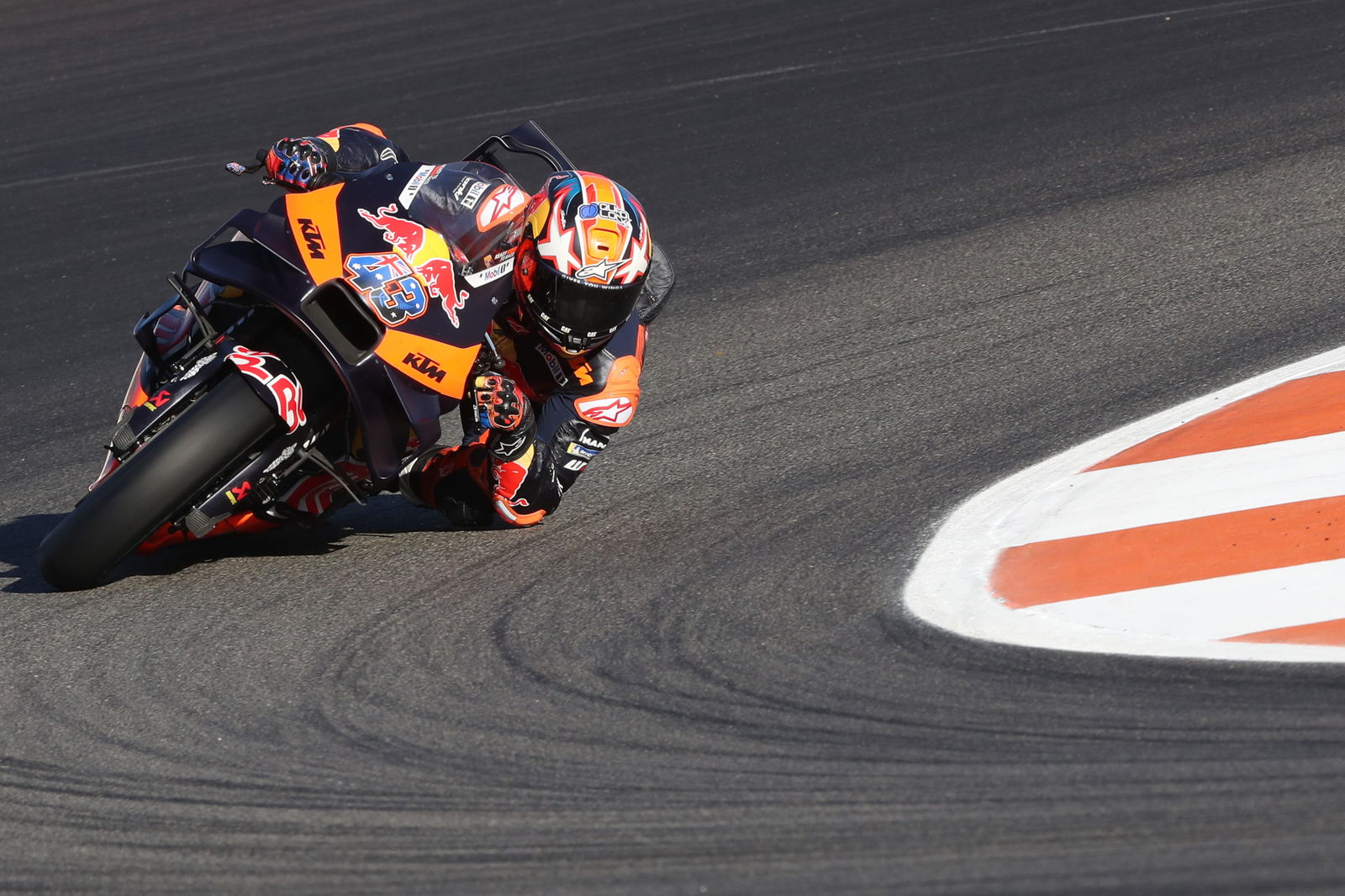
This third tier entitles both KTM and Aprilia to 220 sets of tyres for testing, and their private testing is limited to their test riders (Dani Pedrosa, Jonas Folger, and Pol Espargaro for KTM, and Lorenzo Savadori for Aprilia). Further, their testing will be limited to three MotoGP circuits, and they will get six wildcard entries (all likely to be taken by Espargaro for KTM, and Savadori for Aprilia). Both will also get seven or eight engines for the season, their engine specification is frozen from the first round in Qatar, and they get one aerodynamic update for the season.
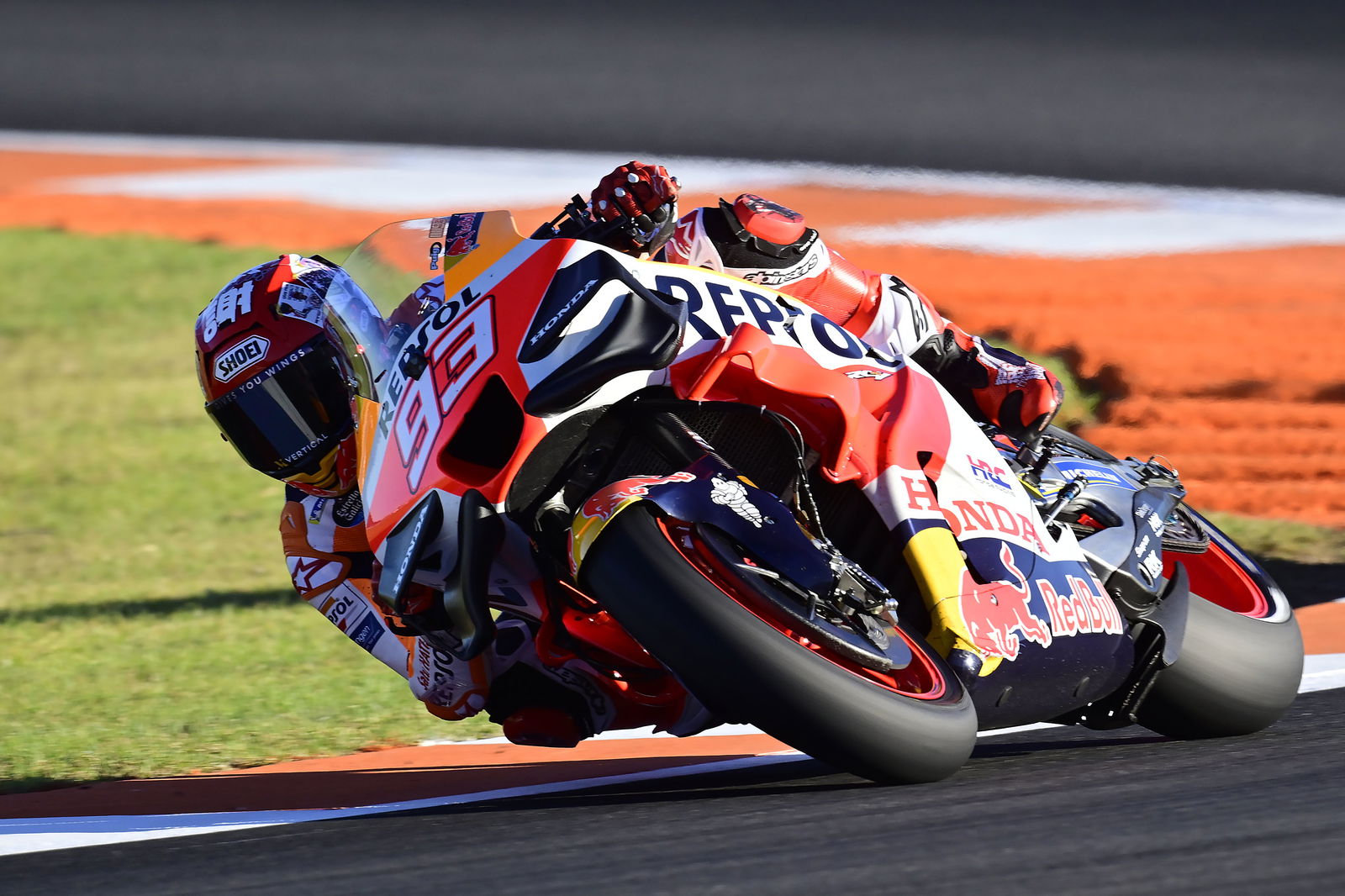
The fourth and final tier is occupied by both Honda and Yamaha. This is where the significant assistance is provided, as both Japanese manufacturers will be able to make use of 260 tyre sets throughout the year for testing, and will be able to test with any rider, including their official, contracted race riders (meaning Fabio Quartararo and Alex Rins will be able to test for Yamaha; and Luca Marini, Joan Mir, Johann Zarco, and Takaaki Nakagami for Honda). Additionally, they will be able to test at any Grand Prix circuit, they will be entitled to six wildcard entries, they will be able to make use of nine or 10 engines per season, and they will be allowed two aerodynamic updates per season.
Additionally, manufacturer performance will now be judged at two different points, rather than just at the end of the season. Now, performance will be judged at the final race of the season versus the first race of the season, and at the first race after the summer test ban of one season versus the final race before the summer test ban of the following season.
It’s all well and good being given more testing time and more opportunities to change engine and aero specs, but maximising those opportunities is down to the manufacturers themselves.
